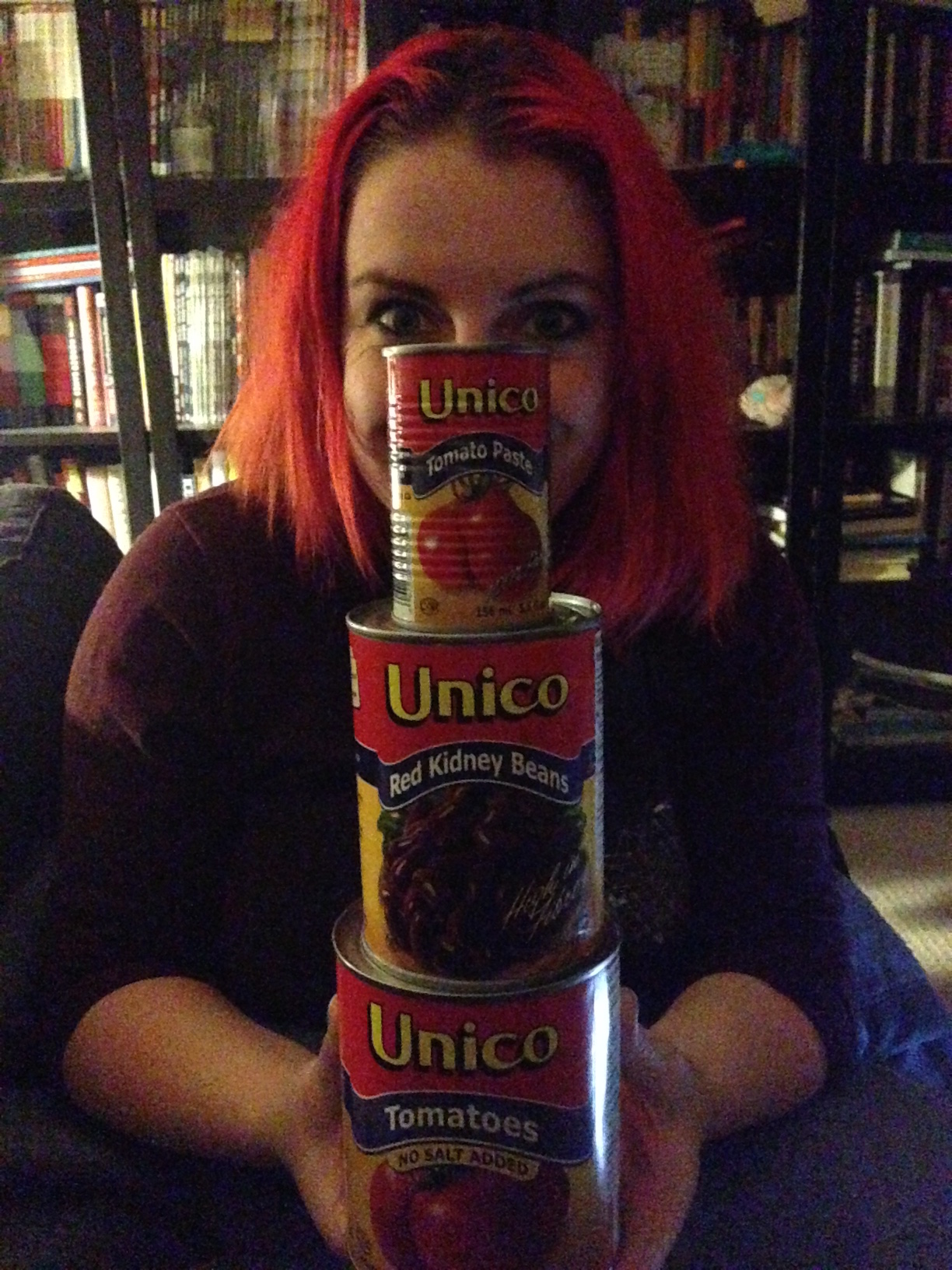Recently, I was reading about the history of the ‘smiley'[1] ( 🙂 ), and they mentioned the concept that email may be a more natural form of communication for many people.
Amongst the reasons cited[2] were:
– ‘one could write tersely and type imperfectly, even to an older person in a superior position and even to a person one did not know very well, and the recipient took no offense.’
[compared to the telephone]
– ‘one could proceed immediately to the point without having to engage in small talk first’
– ‘the message services produced a preservable record’
– ‘the sender and receiver did not have to be available at the same time.’
With the benefit of hindsight, one can see large swathes of internet/programmer culture arising from these precepts, from the ‘No one cares if you’re a dog on the internet’, to concerns about the persistence of photos on Facebook.
With the positive aspects of this culture (ease of communication, democratization, expression on many topics) came negative aspects (flame wars, trolling, and abuse). In response to some of these negative aspects, the smiley appeared.
The smiley first appeared to address the deficiencies of email as the first non-verbal broadcast medium. Over email, you couldn’t express tone or emotion, outside of word choice. And when you’re firing off dozens of terse emails a day, you may not always be the most careful with your word choice.
If you’re emailing back and forth with a few co-workers, this can be quickly smoothed over. But when you’re posting to a newsgroup with hundreds or thousands of members, each of whom can broadcast to all readers, a shortcut to demonstrate emotion or tone can be crucial in improving the signal-to-noise ratio.
Interestingly, you can see the glimmers of things like twitter and facebook in early email conversations, because that’s what these really are, a different way for humans to converse and connect, more natural for some, with smileys smoothing the way.
[1]http://www.cs.cmu.edu/~sef/sefSmiley.htm
”
Second, and more important, these authors were publishing their words in a different medium, with different properties. If 100,000 copies of a novel or an essay were distributed in printed form, and if 1% of the readers didn’t get the joke and were outraged at what they had read, there was nothing these clueless readers could do to spoil the enjoyment of the other 99%. But if it were possible for each of the 1000 clueless readers to write a lengthy counter-argument and to flood these into the same distribution channels as the original work, and if others could then jump into the fray in similar fashion, you can see the problems that this would cause. If the judicious use of a few smilies can reduce the frequency of such firestorms, then maybe it’s not such a bad idea after all. Again, we’re talking here about casual writing on the Internet, not great works printed in a one-way medium that is relatively inaccessible to the general public.
”
[2]https://www.cs.umd.edu/class/spring2002/cmsc434-0101/MUIseum/applications/firstemail.html
”
But if it caught on like wildfire, it somehow managed to do so almost without notice. For the engineers and scientists who quickly adopted it as the preferred mode of day-to-day communications, it mostly felt like a logical outgrowth of the development of ARPANET.
In fact, it took almost five years for the builders and designers of ARPANET to sit back and realize that in many ways, e-mail had become the real raison d’etre for the new computer network.
“A surprising aspect of the message service is the unplanned, unanticipated, and unsupported nature of its birth and early growth,” reads a report on e-mail written for ARPA in 1976. “It just happened, and its early history has seemed more like the discovery of a natural phenomenon than the deliberate development of a new technology.”
One reason that it was adopted so quickly was that it perfectly suited the communications needs and style of the engineers who built ARPANET.
In a paper published in 1978 by the Institute of Electrical and Electronic Engineers, two of the important figures in the creation of the ARPANET, J. C. R. Licklider and Albert Vezza, explained the popularity of e-mail. “One of the advantages of the message systems over letter mail was that, in an ARPANET message, one could write tersely and type imperfectly, even to an older person in a superior position and even to a person one did not know very well, and the recipient took no offense. . . . Among the advantages of the network message services over the telephone were the fact that one could proceed immediately to the point without having to engage in small talk first, that the message services produced a preservable record, and that the sender and receiver did not have to be available at the same time.”
“
